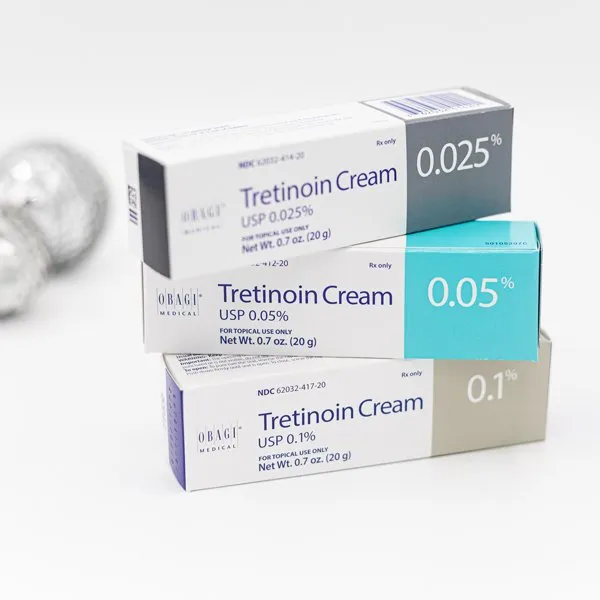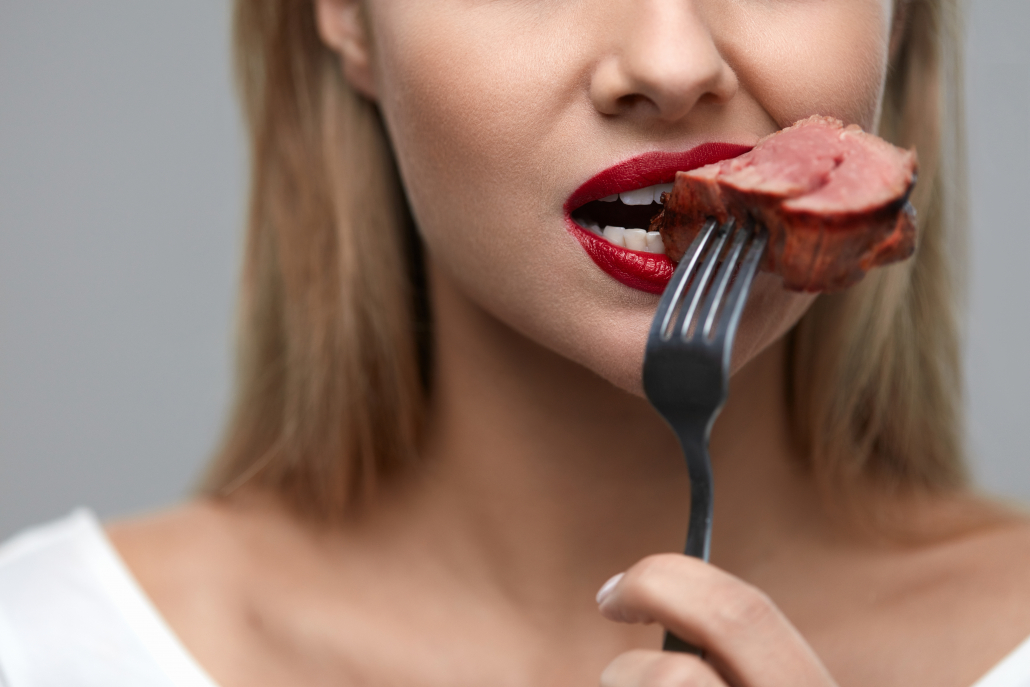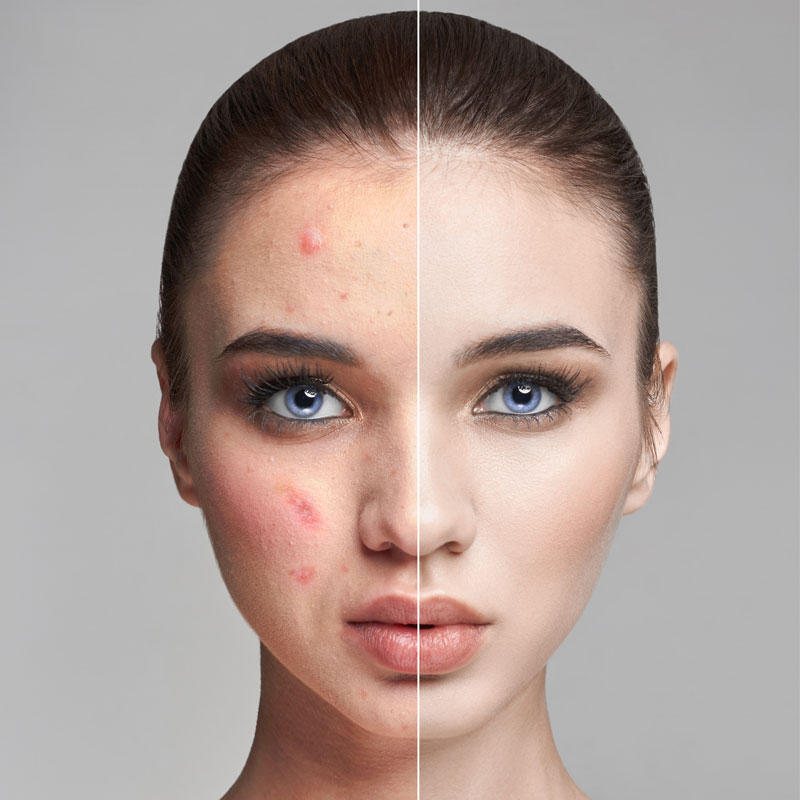-
 Topical Retinoids for Psoriasis
Read more
Topical Retinoids for Psoriasis
Read morePublished on April 16, 2025
-
 Niacinamide vs. Peptides: Unveiling the Skin’s Youthful Secrets
Read more
Niacinamide vs. Peptides: Unveiling the Skin’s Youthful Secrets
Read morePublished on April 02, 2025
-
Carnivore Diet for Psoriasis: Is It Effective?
Read morePublished on March 21, 2025
-
All About Orange Peel Skin: What Causes It & What You Can Do
Read morePublished on March 20, 2025
-
-
-
-
-
-
Anna Chacon MD; Board-Certified Dermatologist
-
Dr. Sanober Doctor MD; Board-Certified Dermatologist
-
Vitiligo Phototherapy At Home: Hand-Held NB-UVB
Eleftheriadou and colleagues (2014) noted that hand-held NB-UVB units are light-weight devices that may overcome the need to treat vitiligo in hospital-based phototherapy cabinets, allowing early treatment at home that may enhance the likelihood of successful re-pigmentation.
Read morePublished on March 25, 2024
-
Comparison of NB-UVB Combination Therapy Regimens for the Treatment of Vitiligo
Zhu et al (2023) noted that vitiligo is an autoimmune disease and some guidelines for the management of vitiligo encouraged the use of NB-UVB combination therapies to enhance re-pigmentation. In a systematic review and network meta-analysis, these researchers compared the effectiveness of current NB-UVB combination regimen at the improvement in re-pigmentation. They searched the electronic […]
Read morePublished on February 23, 2024
-
Oral Therapy & Narrow-Band UVB
Lee and associates (2016) noted that systemic corticosteroids have been used to arrest the progression of vitiligo; however, side effects have been a constant issue. In a retrospective study, these researchers examined the efficacy and side effect of oral mini-pulse (OMP) therapy with methylprednisolone (MPD) combined with narrow-band ultraviolet B (NB-UVB) for adults with non-segmental […]
Read morePublished on February 23, 2024
-
Apremilast & Narrowband UVB for the Vitiligo Treatment
Khemis and colleagues (2020) noted that scientific rationale and encouraging first clinical results suggested the interest of using apremilast for treating vitiligo. In a 52-week, prospective, randomized, placebo-controlled study, these researchers compared the efficacy of apremilast in combination therapy with narrow-band ultraviolet B (NB-UVB) versus placebo and NB-UVB treatment for re-pigmentation in patients with non-segmental […]
Read morePublished on February 23, 2024










